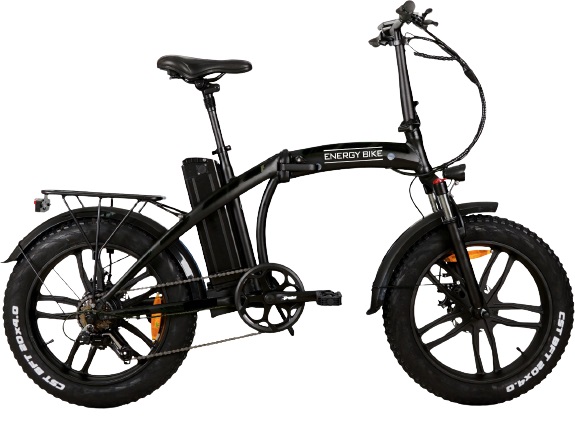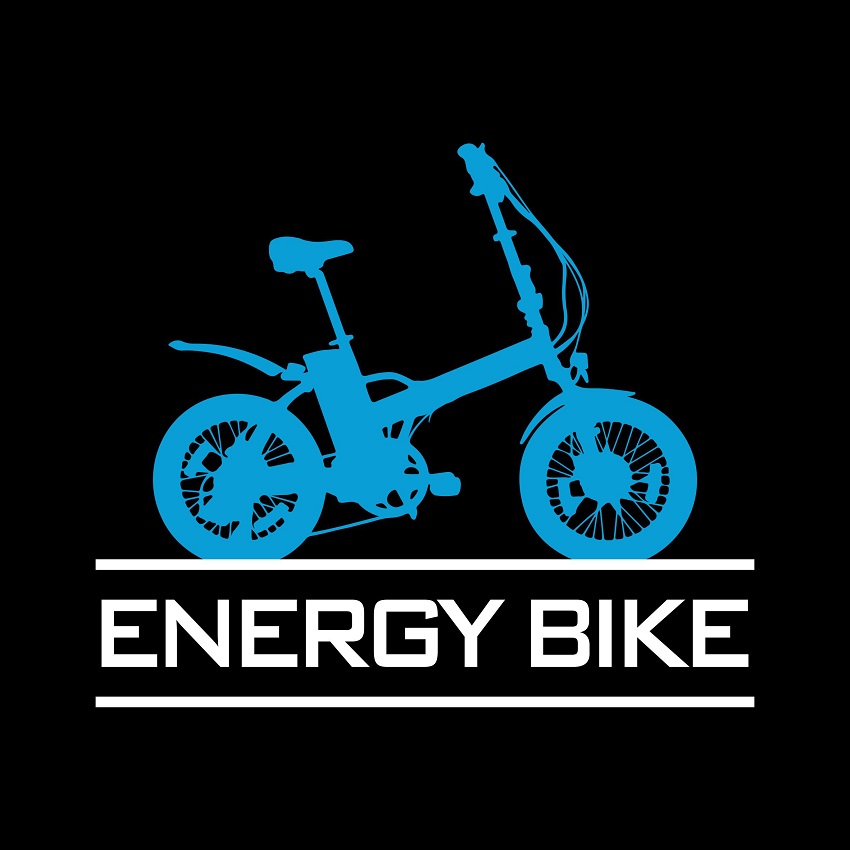FAQ
The most frequently asked questions.
Energy bike markets a new generation of electrically assisted bicycles (EAB) with lithium ion batteries. The French market is growing every year as this new alternative means of transportation has already proven its efficiency.
Read more
These bicycles / electric bikes designed for the city as are aimed at all those, even beginners, who simply move easily and without effort.
The speed is limited to 25 km/h according to the standards in force (NF EN 15194 and NF EN 14764) and the autonomy is between 40 and 50 km. The motor starts automatically after the first pedal revolution and stops when you stop pedaling. These electric bicycles / bikes designed for the city are intended for all those, even beginners, who move simply, easily and without effort.
Energy-bike propose également des VTT électriques au look résolument plus sportif comme le à moteur 250 watts ou le surpuissant BIG BANG à moteur de 500 watts (à utiliser uniquement sur voie privée pour ce dernier) . Cette lignée de VTT à assistance électrique offre une excellente autonomie. Energy-bike vous propose des modèles très perfectionnés et légers avec des caractéristiques exclusives. Ils sont commercialisés sans intermédiaires pour des tarifs compétitifs.

